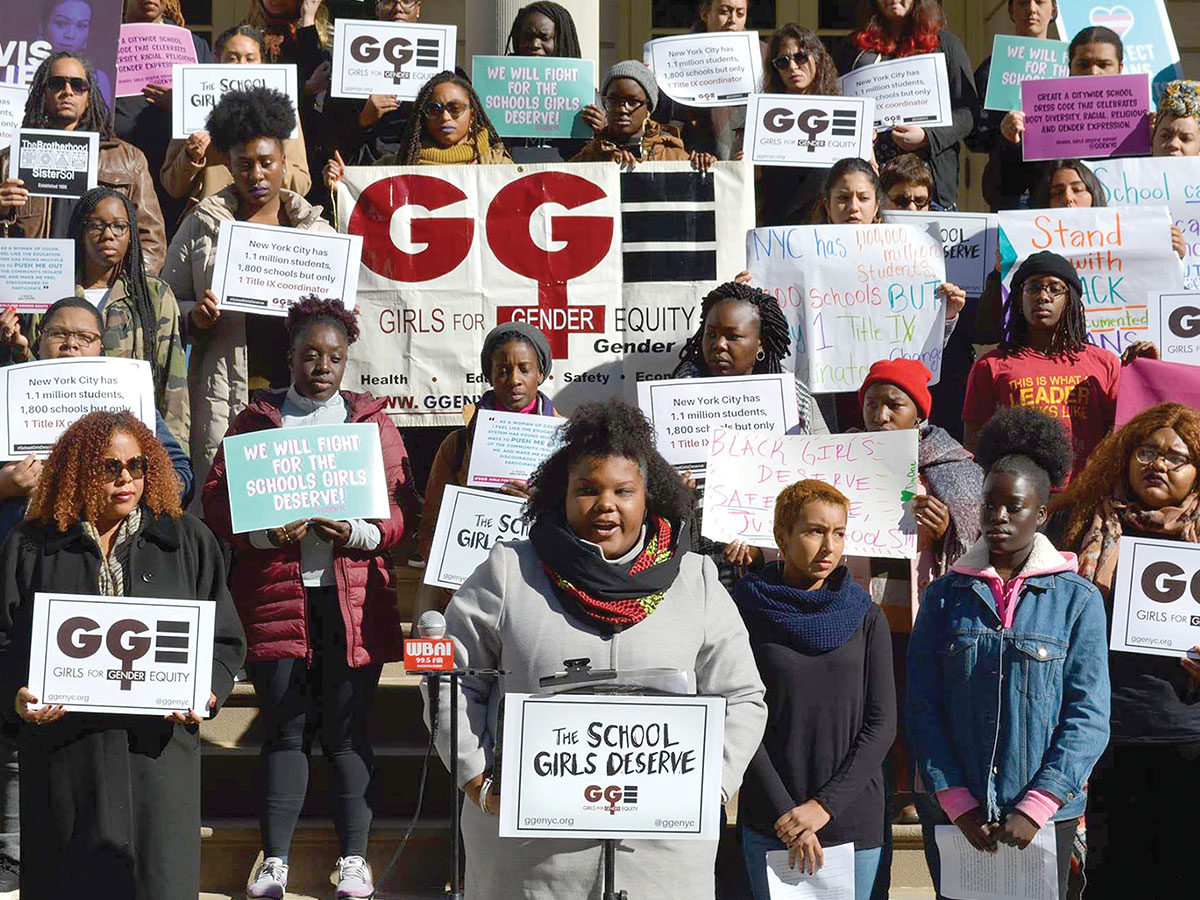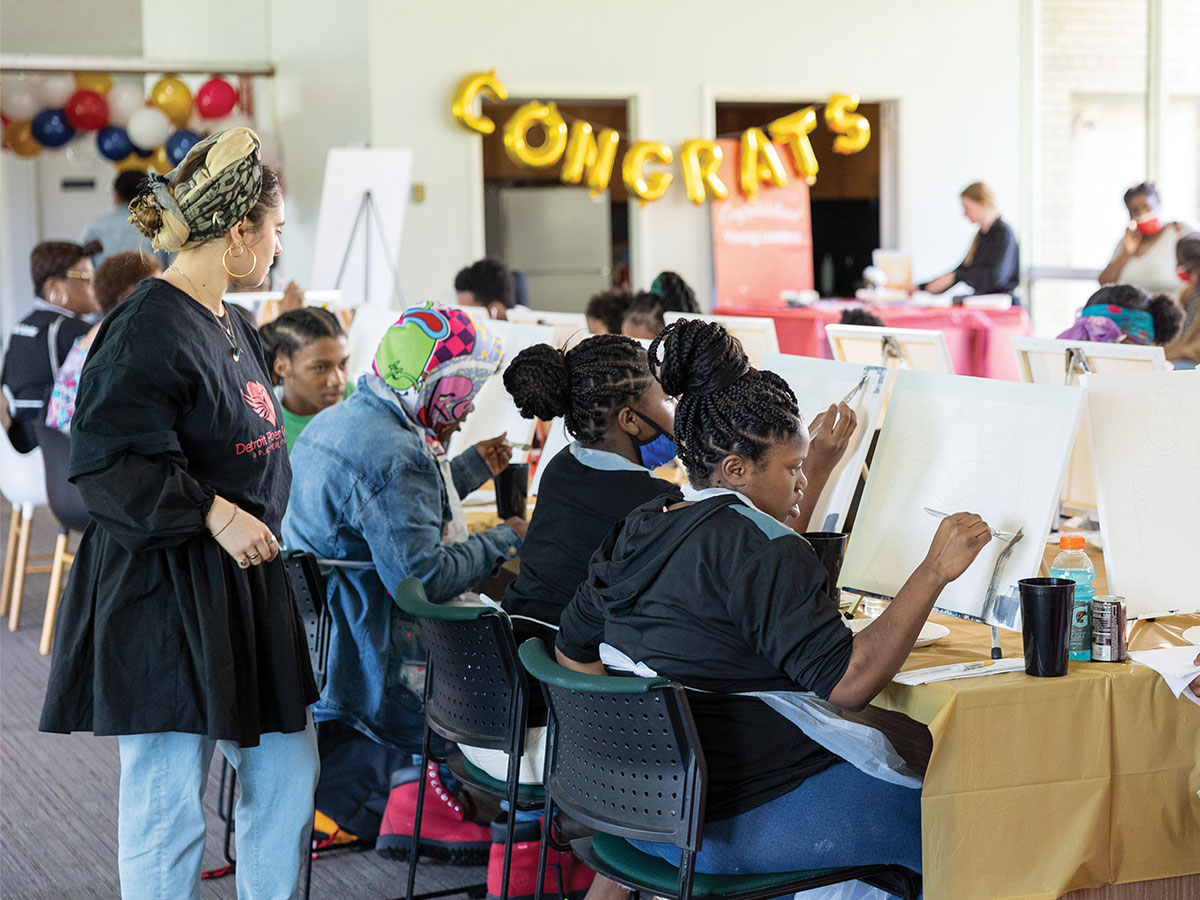Three Transformative Takeaways from PEAK’s Spring Workshop Series

Last month, we attended and presented at PEAK’s Spring Workshop Series | Narrowing the Power Gap and Implementing Flexible Practices, along with over 100 grantmakers representing diverse segments of philanthropy. The forum offered a blend of core concept learning, plenary and small-group dialogue, and case study examples to help attendees reimagine grantmaking “toward a more equitable, effective, and efficient practice between grantmakers and grantseekers… that values equally the resources each brings to the partnership.”
For decades, traditional “closed-door” grantmaking has been the status quo, with funders determining resource allocation and grantees having little (if any) opportunity to affect decisions. This transactional ethos is rooted in systemic power imbalances and has led to widespread mistrust between funders and the organizations and communities they serve. Over the past year, however, many more funders have seized the opportunity to shift toward transformative grantmaking—a practice centered on racial equity and justice using curiosity and confidence, not interrogation and interference, to ground their approach.
A joint report from PEAK and Exponent Philanthropy provides evidence of this shift. Surveying over 1,000 members of the funder community, the report found that during the height of the pandemic in 2020, two-thirds of grantmakers reduced application requirements, eliminated or reduced reporting requirements, or altered their typical decision-making processes. Over 75 percent had open and transparent conversations with grantees about their organizational risks and impacts to program delivery and long-term sustainability, and almost half surveyed grantees or their communities to help anticipate emerging needs.
While these are encouraging signs, many funders not yet committed to sustaining needed changes over the long-term. We believe funders should build on the trends from last year and accelerate progress toward transformative grantmaking that narrows the power gap, in order to increase equity within the philanthropic sector and increase impact in communities across the country and around the world.
Reflecting on the PEAK series, we identified three potentially transformative takeaways that funders should consider.
1. Start with trust
Shaady Salehi, Director of the Trust-based Philanthropy Project, notes how traditional grant making was designed around a paradigm of mistrust. Trust-based philanthropy is fundamentally different. “At its core,” she says, “trust-based philanthropy is about redistributing power—systemically, organizationally, and interpersonally—in service of a healthier and more equitable nonprofit ecosystem.”
While trust-based philanthropy is often conflated with awarding multi-year unrestricted grants, it’s actually broader in scope. Funders should examine their processes and practices to embed systemic equity and use a lens of curiosity when working with grantees. This requires funders to engage in open, honest, and responsive communications with grantees. These conversations, anchored in mutual learning and accountability, can pave the way to deeper relationships and help to simplify and streamline grant applications—a process that is all-too-often burdensome and time-consuming for grantees, diverting energy away from their most essential work.
The trust-based approach isn’t just about what funders do in policy and practice; it is also about how they show up to cultivate and strengthen relationships with their grantees as valued partners. Trust-based funders should come to the table understanding the larger social context of privilege and power, strive to take a supportive (not directive) posture with partners as people worthy of care, and see the “whole organization” that makes impact happen—up to and including general overhead, capital expenses, and other operational costs.
2. Prioritize feedback and transparency
To galvanize trust, listen intently, proactively seek (and use) grantee feedback, and be transparent about grantmaking priorities, criteria, processes, and decision-making.
Consider using a tool like Grant Advisor, a Yelp-like online platform that increases funders’ awareness of grantee experiences by providing a safe and anonymous way to give and receive feedback on grantmaking. One Arabella client has employees include a link to GrantAdvisor in their email signatures, which encourages grantees to provide feedback.
Soliciting grantee feedback, whether through an anonymous tool like GrantAdvisor or directly from grantees, can lead to important realizations. For example, according to Grant Advisor’s data set, 20-30 percent of grantees’ time is lost on “technical time-wasters” such as not being able to see full applications ahead of time, incomplete feedback loops, word count limits, and forms that cannot be saved and returned to. Their #FixtheForm initiative calls for funders to create an editable, downloadable version of a grant application and make it available on a publicly accessible website—a crucial first step to increase the accessibility of grant funding.
Transparency matters, too. The PEAK team points to three types:
- Organizational—public information about your organization, including funding priorities, staff, and current and previous grantees;
- Process—public information about processes related to applying for, receiving, and reporting on a grant
- Decision-making—clear and proactive communication about funding decisions and other important decisions. being as transparent as possible with potential grantees can help them right size the application time with the funding awarded, provide clarity and direction, and enable all to steward resources more equitably.
3. Tackle what you can and test your assumptions
Many funders want to change their grant making processes and practices but don’t know where to start. Redesigning an entire grant-making program can feel overwhelming and even impossible. Our experience suggests that starting with just one program area, award threshold, or grant type is often an effective way to get going.
Over the past two years, the New Venture Fund, the Windward Fund, and the Hopewell Fund—working closely with the Arabella Advisors team—have designed and implemented new, streamlined grantmaking processes for the fiscally sponsored projects they host. The streamlined processes require significantly less information from applicants, use a shorter and simpler grant agreement, and require minimal reporting. These changes all reduce the burden on organizations applying for funding and were made with the recognition that the standard processes previously used favored larger and more established organizations. To get the new processes off the ground, we decided to limit their use initially to applicants that are c3 organizations and for grants of up to $200,000. Before rolling out changes more broadly, we also spent six months testing them with two partner projects. This allowed us to gather feedback from grantees, fiscally sponsored projects, and our colleagues. From there, we refined and improved and will continue to do so going forward.
Sustaining the shift from traditional to transformative grantmaking requires concerted efforts to build and maintain trust, prioritize and implement feedback, champion transparency, and link values to practice. We believe doing so is essential to democratizing philanthropy and strengthening community engagement, leading to more informed decisions, more effective investments, and better outcomes for all.
Below are a few related resources to help guide you on this journey.
• An overview of trust-based grantmaking
• Skeptic’s Corner: FAQ on trust-based grantmaking
• Peak Grantmaking’s Report on Strategies for Narrowing the Power Gap
• Equitable Grantmaking Continuum
• GrantAdvisor’s #FixTheForm post
This post originally ran on Arabella Advisors’ Greater Good blog and is reposted here with permission.




